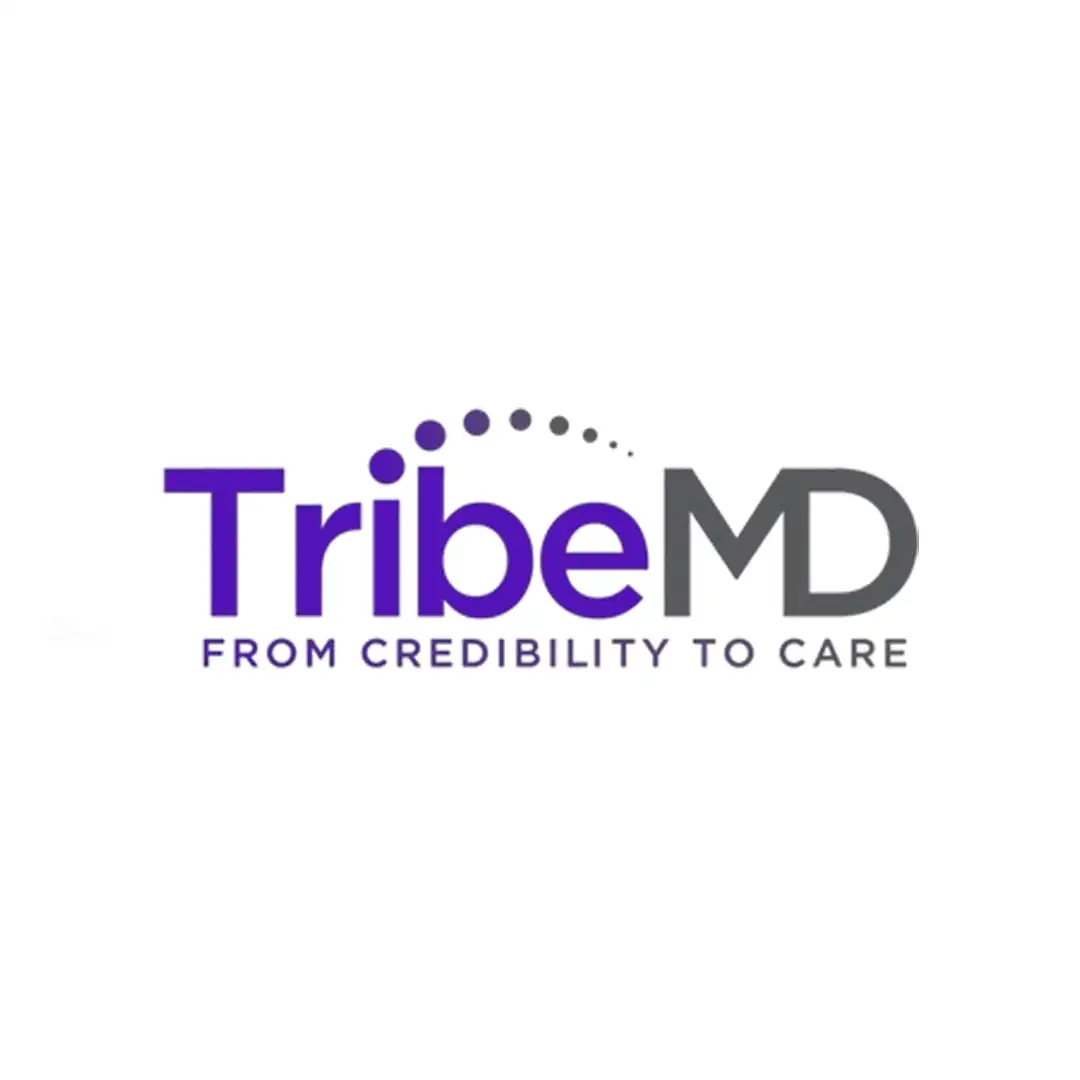First-in-Human In Vivo Base Editing for CPS1 Deficiency Demonstrates Feasibility of Patient-Customized CRISPR Therapy.
A single-patient expanded-access study showcases the rapid development and safe delivery of lipid nanoparticle–based adenine base editing targeting a rare metabolic disorder.

A brief report published in The New England Journal of Medicine describes the successful in vivo use of patient-customized base editing (k-abe) in a neonate diagnosed with carbamoyl-phosphate synthetase 1 (CPS1) deficiency, a rare and life-threatening urea cycle disorder with 50% early mortality.
Highlights from the study
Disease background
CPS1 deficiency impairs ammonia detoxification; early onset is frequently fatal and often requires liver transplantation.
Patient profile
Male neonate presented with hyperammonemia (>1000 μmol/L) within 48h of life; two pathogenic truncating CPS1 variants (Q335X and E714X) were identified.
Therapy development
A bespoke adenine base editor (NGC-ABE8e-V106W) and guide RNA (“kayjayguran”) were designed within two months post-birth. Therapy was delivered via lipid nanoparticles (k-abe).
Dosing and follow-up
Two intravenous infusions were administered at 7 and 8 months of age (0.1 mg/kg and 0.3 mg/kg). No serious adverse events were reported.
Clinical outcomes
The patient tolerated increased protein intake and reduced nitrogen-scavenger medication (glycerol phenylbutyrate) by half, with no hyperammonemic crisis despite viral illnesses.
Off-target profile
Minimal off-target activity was detected in HuH-7 cells and primary human hepatocytes. Editing at the ATP7B intronic site was observed only in cell lines.
Significance
This case provides a compelling example of how CRISPR-based base editing can be deployed rapidly and precisely for an “N-of-1” therapeutic intervention. The use of lipid nanoparticles allowed for repeated dosing, and a platform model was proposed to enable future customization with shared delivery components and patient-specific gRNAs.
Though longer follow-up is needed to confirm sustained efficacy and safety, this proof-of-concept marks a milestone for personalized gene editing in rare diseases.
Editorial note: This content was developed with the support of artificial intelligence technologies to optimize the writing and structuring of the information. All material was carefully reviewed, validated, and supplemented by human experts prior to publication, ensuring scientific accuracy and adherence to good editorial practices.
#GeneEditing #CRISPR #BaseEditing #RareDiseases #CPS1Deficiency
Sources
- Musunuru K, Grandinette SA, Wang X, et al. Patient-specific in vivo gene editing to treat a rare genetic disease. N Engl J Med. 2025;390(20):1–9. doi:10.1056/NEJMoa2504747




